What’s Tahini Sauce? A Creamy, Nutty Obsession You Need in Your Life!
Calling all spice lovers and culinary adventurers! If you’ve ever taken a bite of hummus or falafel and wondered what gives it that rich, nutty backbone — your answer is here: tahini sauce. But tahini isn’t just for Middle Eastern classics anymore. This humble paste made from ground sesame seeds has gone global, popping up in everything from dressings to desserts.
In this deep dive, we’ll unravel the mysteries of tahini sauce — where it comes from, how to use it, and even how to choose the best jar at the store. Whether you're a seasoned chef or a curious home cook, this post will have you reaching for tahini with confidence (and maybe a little flair).
Table of Contents
- What is Tahini Sauce?
- A Taste of History: Where Did Tahini Come From?
- How Is Tahini Made?
- Creative Ways to Use Tahini Sauce in Everyday Cooking
- Tahini Buying Guide: What to Look for on the Shelf
- Tahini Showdown: Store-Bought vs. Homemade
- Spice It Up! Best Flavors & Ingredients to Pair with Tahini
- Tahini Trends: From Ancient Pantry Staple to Modern Superfood
- Final Drizzle: Why Tahini Deserves a Permanent Spot in Your Kitchen
What is Tahini Sauce?

Tahini sauce is a thick, creamy condiment made by grinding toasted sesame seeds into a smooth paste. While some people refer to the pure seed paste as “tahini,” others consider “tahini sauce” to include additional ingredients like lemon juice, garlic, olive oil, or even water to thin it out into a drizzle-ready consistency.
It’s often used as a base for dips, dressings, and sauces, and is a star ingredient in dishes like hummus, baba ghanoush, and halva. Its flavor is earthy, slightly bitter, and deeply nutty — kind of like if peanut butter and sesame seeds had a delicious baby.
A Taste of History: Where Did Tahini Come From?
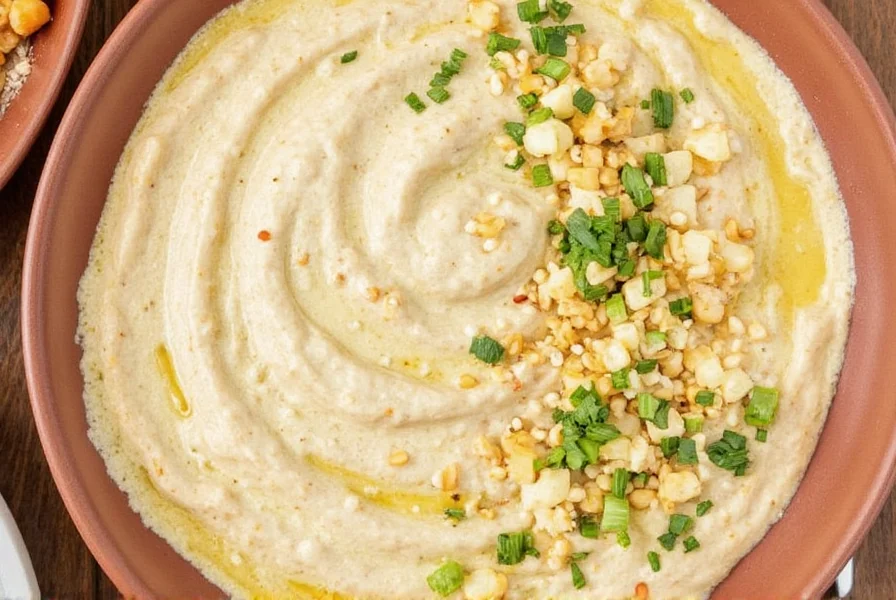
Tahini has roots stretching back thousands of years across the Middle East, North Africa, and parts of Asia. Sesame seeds were among the earliest cultivated plants known to humans, valued not only for their oil but also for their nutritional benefits.
The word “tahini” itself comes from Arabic, derived from the root meaning “to pound” or “to crush.” In ancient times, tahini was likely prepared using stone mortars or grinding stones, much like how traditional nut butters are still made today in many cultures.
Over time, as trade routes expanded, tahini traveled along with spices, herbs, and other culinary treasures, eventually becoming a pantry staple from Turkey to Israel, Lebanon to Greece.
How Is Tahini Made?
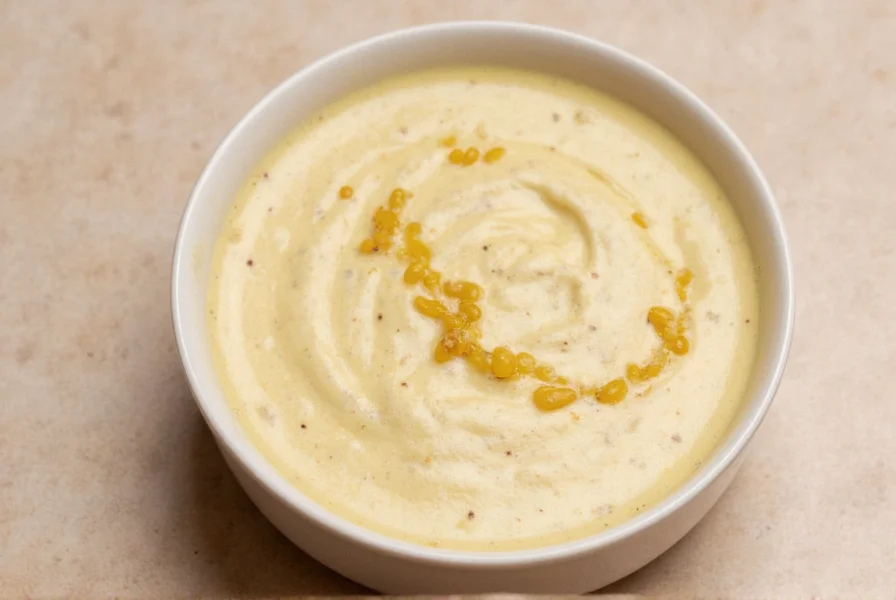
Making tahini may sound simple, but there’s a bit of nuance involved in getting the right texture and flavor:
- Step 1: Toast raw sesame seeds in a dry pan until golden and fragrant.
- Step 2: Let them cool slightly, then process in a food processor or high-powered blender.
- Step 3: Keep blending until the mixture releases its oils and becomes a silky paste. This can take several minutes — be patient!
- Optional: Add a pinch of salt or neutral oil (like grapeseed or sunflower oil) to adjust the thickness.
Commercial versions often add preservatives or emulsifiers to keep the oil from separating, but the best-quality jars stick to just sesame seeds and oil — nothing else.
Creative Ways to Use Tahini Sauce in Everyday Cooking
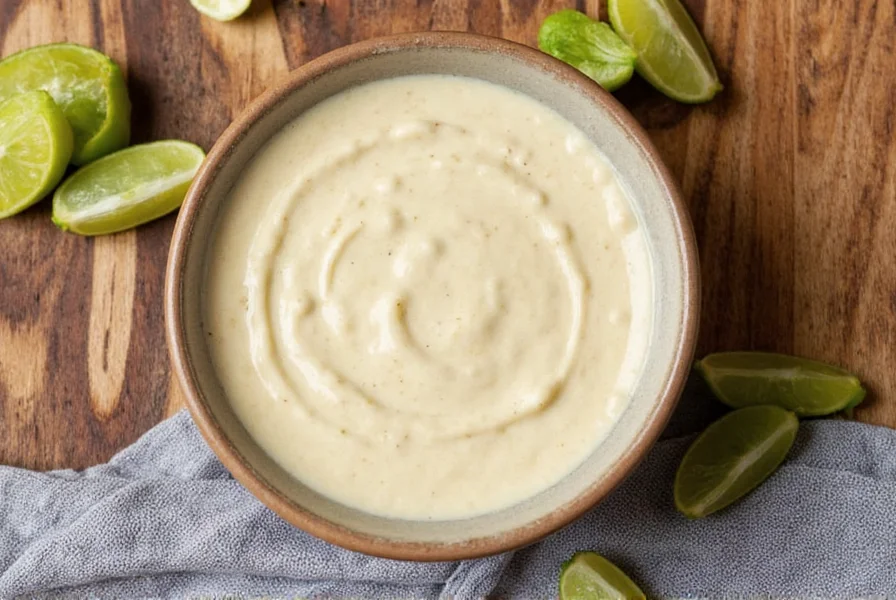
Tahini doesn’t have to stay confined to dips. Here are some fun ways to play with this versatile sauce:
- Dressings: Whisk tahini with lemon juice, apple cider vinegar, garlic, and a splash of water for a zesty salad dressing.
- Marinades: Blend with soy sauce, ginger, and honey for an umami-packed marinade for grilled veggies or tofu.
- Smoothies: Stir into almond milk smoothies with banana and cinnamon for a twist on nutty flavors.
- Baked Goods: Swirl into brownie batter or drizzle over cookies for a gourmet finish.
- Savory Bowls: Drizzle over grain bowls, roasted vegetables, or noodles for a creamy finish.
Tahini Buying Guide: What to Look for on the Shelf
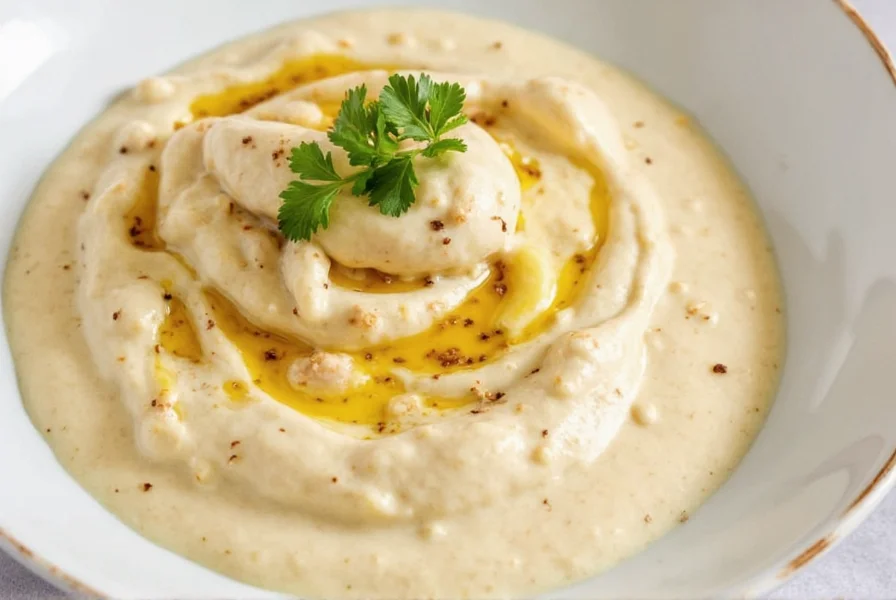
If you’re new to tahini shopping, the array of brands and styles can be overwhelming. Here’s what to look for:
| Feature | Description | Why It Matters |
|---|---|---|
| Pure Ingredients | No added sugars, preservatives, or artificial flavors | Better taste and more authentic flavor |
| Nutrition Label | High in healthy fats, protein, calcium, and iron | A good source of plant-based nutrients |
| Texture | Thick but spreadable, not overly oily or gritty | Affects mouthfeel and usability in recipes |
| Brand Reputation | Look for well-reviewed or specialty Middle Eastern brands | Quality varies widely between manufacturers |
| Storage Instructions | Should be stored in a cool, dark place or refrigerated after opening | Preserves freshness and prevents rancidity |
Recommended Brands:
- Soom Foods: Rich, ultra-smooth texture. Great for dipping and drizzling.
- Ziyad: Affordable and reliable. Good for everyday use.
- Karawan: Artisanal, stone-ground. Ideal for gourmet cooking.
- Al Arz: Traditional Lebanese brand. Authentic flavor profile.
- Moroccos Gold: Organic and cold-pressed. Perfect for health-conscious cooks.
Tahini Showdown: Store-Bought vs. Homemade

While store-bought tahini offers convenience, homemade allows full control over quality and flavor. Here's how they stack up:
| Aspect | Store-Bought | Homemade |
|---|---|---|
| Convenience | Instantly available | Takes 10–15 minutes to make |
| Flavor | Consistent but sometimes bland | Fresher and more aromatic |
| Cost | $7–$15 per jar | ~$4–$6 for sesame seeds |
| Ingredients | May contain additives | Total control over what goes in |
| Shelf Life | 6–12 months unopened | 1–2 months refrigerated |
Spice It Up! Best Flavors & Ingredients to Pair with Tahini
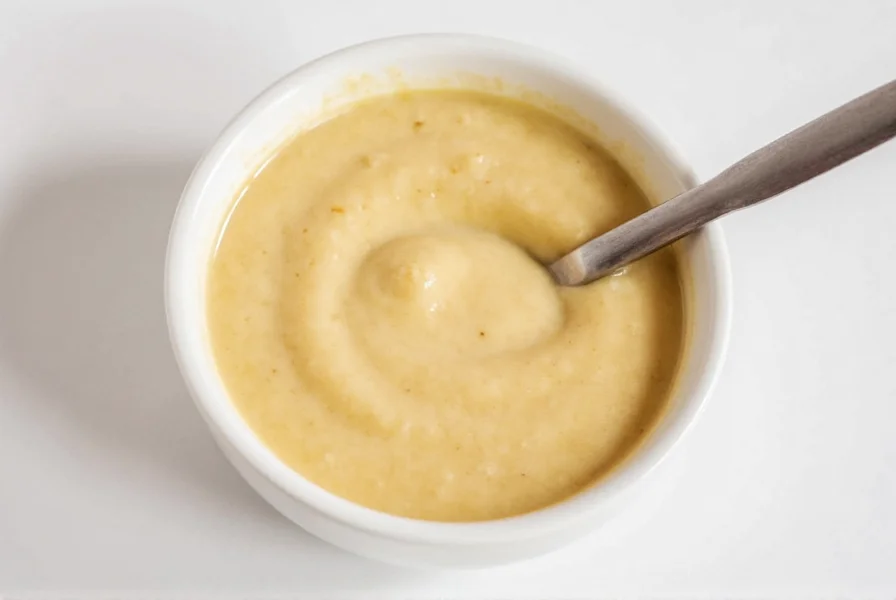
Tahini plays well with both bold and subtle flavors. Try these winning combos:
- Lemon & Garlic: The classic duo that brightens up any tahini dip.
- Honey or Maple Syrup: Adds sweetness and balances the earthiness.
- Paprika or Sumac: For a warm, smoky note that enhances depth.
- Chili Flakes: Kick things up with a spicy contrast.
- Cumin: Earthy and aromatic, pairs beautifully with roasted veggies.
Tahini Trends: From Ancient Pantry Staple to Modern Superfood
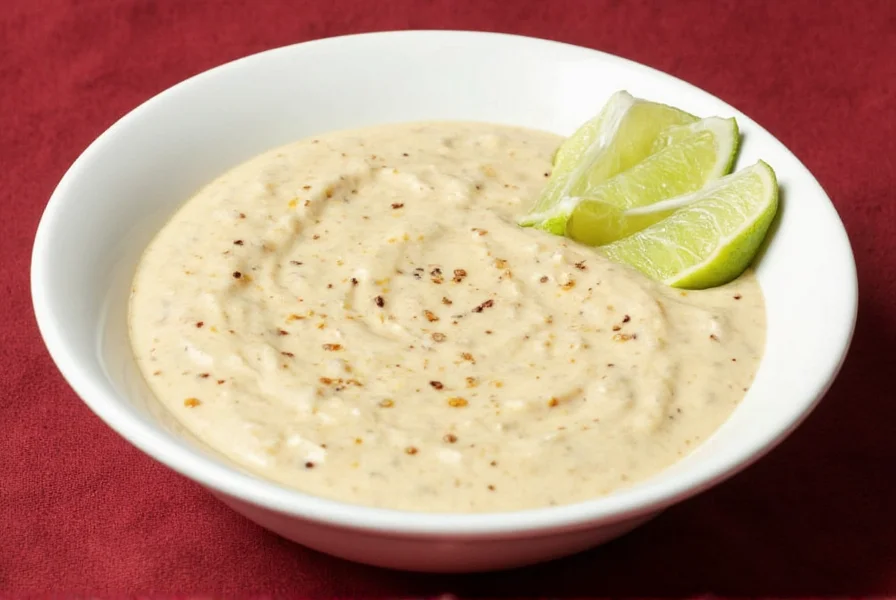
In recent years, tahini has been riding a wave of wellness trends. Thanks to its high levels of calcium, magnesium, and healthy fats, it’s become a go-to for plant-based eaters and clean-living enthusiasts.
You’ll now find tahini lattes, tahini chocolate spreads, and even tahini ice cream showing up in cafes and Instagram feeds. It’s a true testament to how this ancient ingredient continues to evolve — while staying rooted in tradition.
Final Drizzle: Why Tahini Deserves a Permanent Spot in Your Kitchen
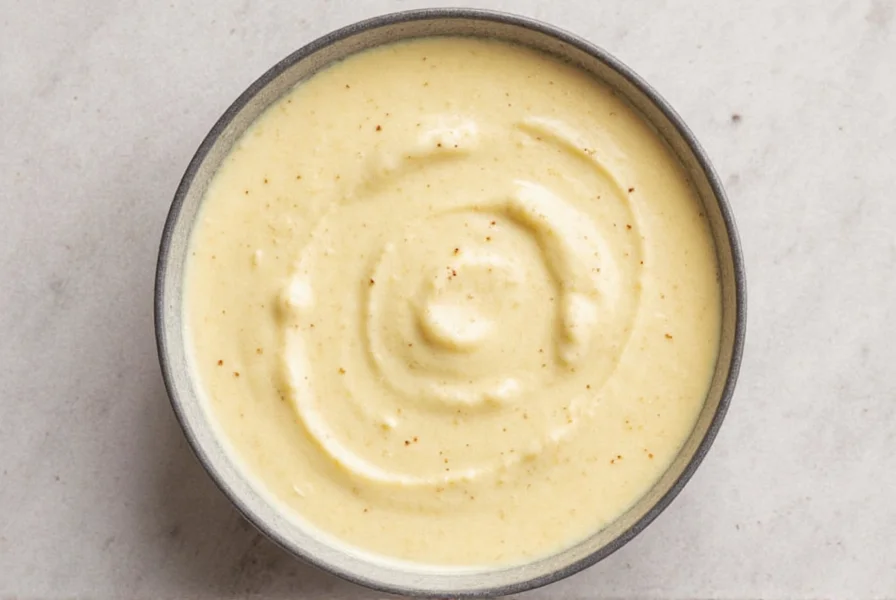
From its humble beginnings in ancient civilizations to its modern-day renaissance, tahini is more than just a passing trend. It’s a flavorful, nutrient-dense powerhouse that adds depth, richness, and a touch of global flair to any dish.
So whether you're drizzling it over roasted cauliflower, stirring it into a vibrant dressing, or simply spreading it on toast, tahini deserves a permanent spot in your pantry — right next to your favorite spices.
Now go grab a spoon and start experimenting. Who knows — your next signature dish might just be one tahini swirl away!











 浙公网安备
33010002000092号
浙公网安备
33010002000092号 浙B2-20120091-4
浙B2-20120091-4